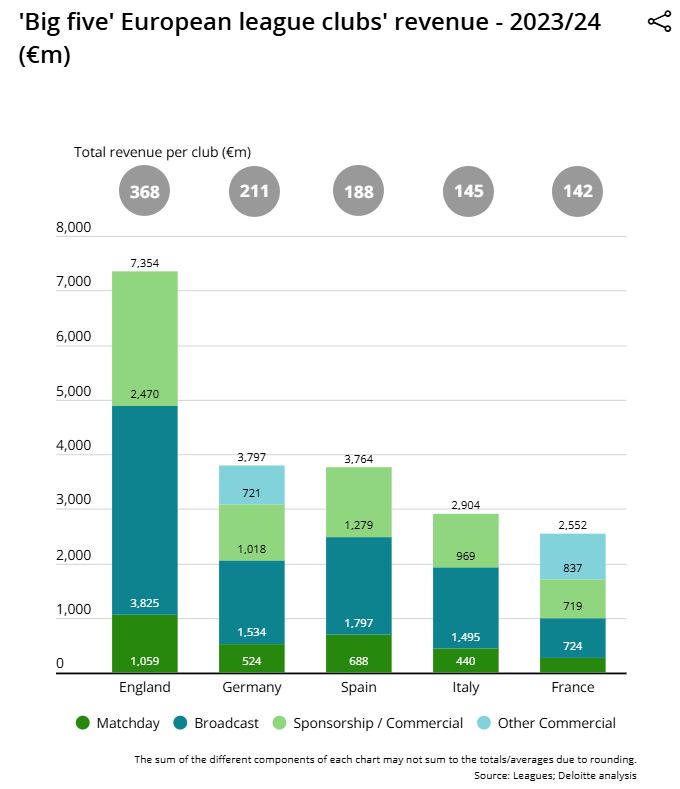The « induced atmospheric vibration » between the possible causes of blackout in Spain and Portugal: the explanation of the rare phenomenon

What caused the blackout in Spain and Portugal? The Portuguese Energy Operator speaks of a phenomenon known as « induced atmospheric vibration » which would have blown up the lines with the highest tension of the electricity grid. To provoke the extreme temperature variations within Spain
It would be due to a fault caused by a « rare atmospheric phenomenon » The blackout that struck on Monday morning Spain, Portugal and France. According to what reported by Reuters, the Portuguese operator Redes EnergyS Nacionais (Ren) communicated that the interruptions occurred due to « anomalous oscillations » in the lines with very high tension (400 kV), caused by a phenomenon known as « induced atmospheric vibration»Generated by extreme temperature variations within Spain. Some connections have already been restored or will be in the next few hours but – underlines the operator quoted by Reuters – the complete normalization of the network on an international scale It may take up to a week. Second Bloomberg Economics The interruptions had an economic impact on Spain equal to 0.5% of the half -yearly GDP, which is expected to be recovered anyway.
The system of connections
A « imbalance » calls the scholars of the Florence School of Regulation (FSR)independent research center on European Energy, Transport and Infrastructure Policies. «The physical system of European networks is interconnected and, for the most part, synchronous – he explains Alberto Pototschnig -. In particular, the continental European network up to Poland and Ukraine shares the same frequency, which must be maintained around the standard of the 50 Hertz « . Nobody exposes itself further on the causes of the blackout, but several experts point out that the principle of interruptions is similar to a domino. « The whole electrical system contributes to maintaining the standard frequency through the moment balance for the moment of the withdrawals from the network and the entrances from the generations systems -explains Pototschnig -. If a system is in difficulty, the plants enter the rescue with various types of reserves but if the disorder is too large, the re -ribilation actions may not be sufficient and a blackout occurs. Even if it is too early to say what the cause of the backout was in the Iberian penisole, something has clearly gone wrong ».
The example of 2003
The mind runs to the Night between Sunday 27 and Monday 28 September 2003 when Italy, which imported energy from Swisswas paralyzed due to a fault that hit a Swiss control unit. « The Swiss line went out of service by creating overload in the other lines – explains Pototschnig -, but he did not immediately realize the severity of the situation and there was a huge blackout ». In this case it is France that is going to the rescue to Spain, providing part of the energy to make up for the interruptions of the Iberian peninsula, which in any case is trying to guarantee the continuity of the connections also through emergency systems.
The causes
The Spanish premier Pedro Sanchez has clarified any hypothesis is excluded on the causes of Blackout, even if the Portuguese Prime Minister Luis Montenegro stressed that « there is no evidence of cyberattacchi ». «Monitor the authorities is the only way to understand what the blackout generated – he explains Nicolò Rossetto of the FSR while remaining cautious on the reasons that led to the Blackout -. Spain has a fragile system and variations of a few seconds can create disconnections ». As he points out to the ANSA Alberto Berizziprofessor of Electric Energy Systems at Polytechnic of Milan« The electricity grid of Spain has a structure with so much production from the elygy and photovoltaics: both of these sources are good for decarbonisation, but they are more delicate for the stability of the network. For this you are working to integrate them to the maximum ».



/s3/static.nrc.nl/images/gn4/stripped/data133721813-fee765.jpg|https://images.nrc.nl/GaYya6CuvKaiYFNd15-Cz2mJ3Vw=/1920x/filters:no_upscale()/s3/static.nrc.nl/images/gn4/stripped/data133721813-fee765.jpg|https://images.nrc.nl/iNL0y-gey_W-bJ-myQMI2GKjgxI=/5760x/filters:no_upscale()/s3/static.nrc.nl/images/gn4/stripped/data133721813-fee765.jpg)



